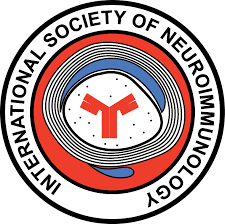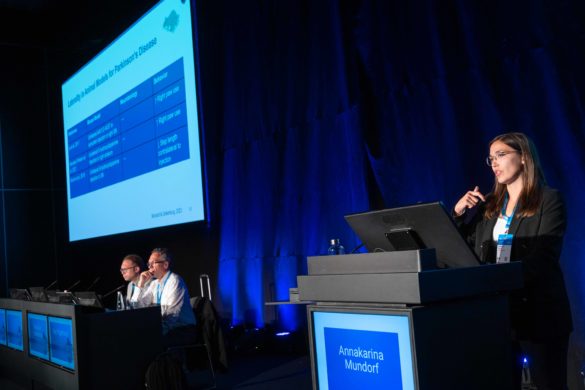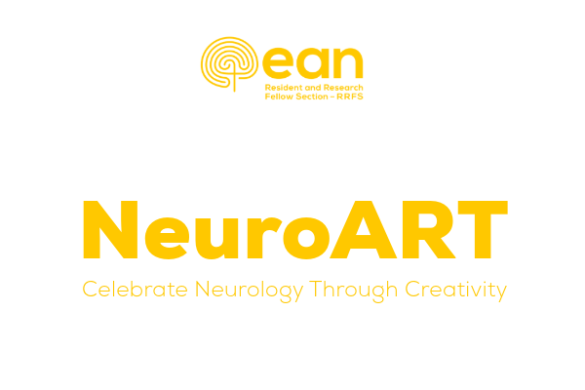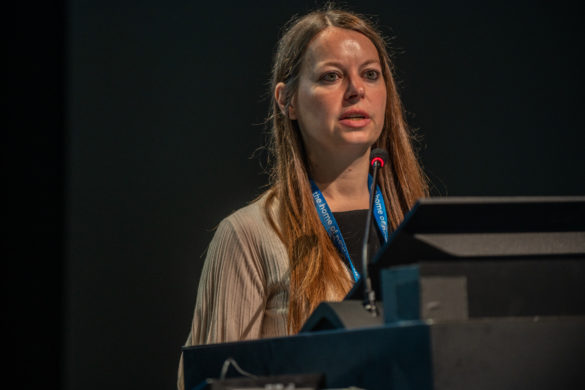Sunday evening at the EAN 2021 Virtual Congress was also Sunday afternoon at the EAN 2021 Virtual Congress, while for 90 minutes Room Amsterdam hosted a Special Timezone Session on Tropical Neurology from the Pan-American Federation of Neurological Societies (PAFNS). Session chair and PAFNS President, Marco T. Medina, presented his introduction from Tegucigalpa, Honduras at 15:15 local time, thanking the EAN for their support in offering the opportunity to talk about tropical diseases such as arborviruses and parasitic infections, which are of such great significance in the Pan-American region.
Medina then presented the first talk himself, on ‘Neurological complications of Zika infection and other arboviruses infections’, with the stated objective of understanding the spectrum of neurological consequences of arborvirus infections, with specific reference to Zika, Chikungunya and Dengue. The term arborvirus includes several families of RNA viruses that are spread by arthropod vectors, most commonly mosquitoes, ticks and sand flies.
The talk focused heavily on Zika, which the WHO declared a global health emergency in 2016. Medina discussed the clinical characteristics and neurological manifestations, including probably the widely known: Congenital Zika Syndrome (CZS). According to the WHO nearly 100 million people and more than 1 million pregnant women have been infected by Zika, suggesting the possibility of tens of thousands of children with CZS. Discussed the variety of brain malformations and dismorphic features of CZS due to a differential response of the human fetal brain neural stem cells to zika virus infection. He then described some of the other neurological manifestations of Zika, such as Guillain-Barré Syndrome, Zika sensory polyneurothapy, acute disseminated encephalitis, meningoencephalitis, acute myelitis, seizures/epilepsy and Zika vasculitis.
Additionally, Medina gave an equivalent description of the clinical and neurological characteristics of Chikungnuya, including meningitis, encephalitis and encephalomyeloradiculitis, as well as diagnosis and paediatric manifestations. Finally, he explained the features of Dengue, including classifications, clinical characteristics and the main neurologic manifestations.
According to Medina, the great challenge is mosquito control. He referred to a 2021 paper by Utarini et al about the use of Wolbachia-infected mosquito deployments for the control of Dengue and a pilot study by Xiaoying Zheng, Dongjing Zhang et al that successfully suppressed mosquito populations using a ‘radiation-based sterile insect technique’. He noted the role of climate change in expanding the distribution of Aedes-borne virus transmission and emphasised the importance of understanding the pathophysiology mechanisms of neurotropic arthropod-borne viruses. In closing his very informative presentation, he stressed that Zika, Chikungunya and Dengue infections and their neurological consequences represent a major global health problem.
The second presentation, on ‘Cysticercosis and CNS’, was given by Héctor Garcia, from Lima, Peru, who was introduced by Prof Medina as the worldwide leading expert on cysticerosis. Garcia gave an interesting explanation of cysticercosis, an infectious disease that is a major cause of acquired epilepsy in developing countries and is endemic in most non-muslim developing countries. The disease is caused by larval cysts of a tapeworm that uses pigs as an intermediate host, with humans becoming infected either through the consumption of infected pork, or by the ingestion of the tapeworm’s eggs via faecal contamination. Garcia gave an overview of the clinical spectrum of symptomatic human cysticercosis, which includes a very wide range of manifestations. He divided the spectrum into two main categories: intraparenchymal and extraparenchymal. When inside the parenchyma, the cysts will be destroyed by the host’s immune system and will then turn into a granuloma and eventually disappear or leave a calcified scar. When outside the parenchyma, the parasite can be inside the ventricles or in the subarachnoid space and can cause infiltration, inflammation and mass effects due to clusters of cysts. Garcia gave an overview of the different manifestations that affect different patient groups and global regions and the huge variation in length of disease course. He described the standard diagnosis techniques, which rely on neuroimaging with CT and MRI, supported by serology using western blot tests or antigen detection, and then covered treatment options, with an emphasis on recent studies that use antiparasitic drugs to reduce the rate of seizures in cysticercosis patients. In summing up, he concluded that there is no simple answer to cystercosis; in general, antiparasitic drugs seem to be beneficial for most patients, but it is never an emergency. The priority is always the stabilization of the patient. He also stressed that when the parasite is dead, this is not necessarily the end of the battle. People with cysticercosis can still suffer symptoms, including seizures, years after calcification has occurred.












